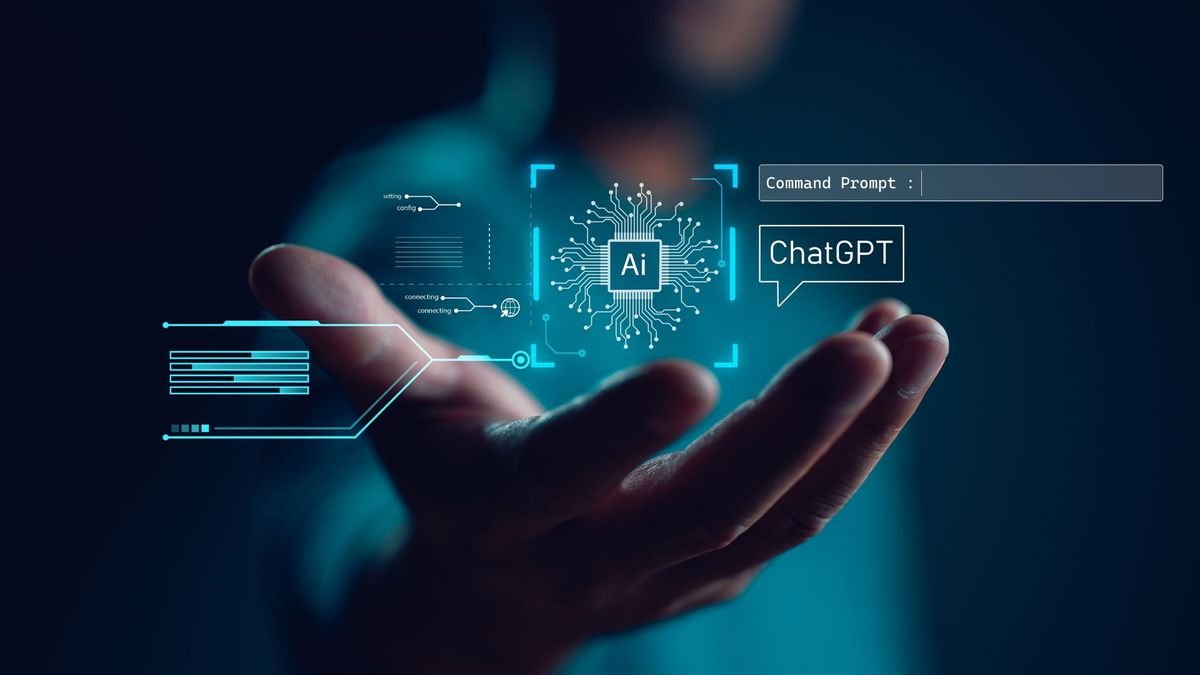By now, even casual observers of the tech world are well aware of ChatGpt, Openai’s impressive contribution to artificial intelligence. Its ability to generate coherent responses online has led to a surge in online research and endless speculation about the growing role of AI in our daily lives.
A recent up-and-coming competitor, OpenSource’s AI-powered chatbot, Deepseek, has drawn up its own foundation, promising to run more efficiently and be more user-friendly for non-English users than its American competitor.
Yet in the rush to evaluate its functionality, adoption, and potential geopolitical impact, one pressing question seems to have been sidelined: How do the environmental credentials of ChatGPT and Deepseek compare?
Digital Sustainability Specialist at JISC.
Where It All Began: A Look at the Origins of ChatGPT and Deepseek
chatgpt
Chatgpt’s meteoric rise began in late 2022, when Openai and Microsoft formed a high-profile alliance to scale it across Azure cloud services. Each iteration of the GPT architecture, however, comes at a steep environmental price. Training such a massive model requires massive computing power, and the subsequent energy use has raised uncomfortable questions about its carbon footprint.
Debsik
While Deepseek isn’t yet a household name to the extent that ChatGpt is, it’s gaining a reputation as a smaller, more multilingual competitor. It uses techniques like pruning (removing unnecessary parts of the model to reduce size and improve efficiency), model distillation (training a smaller “student” model to mimic a larger “teacher” model), and algorithm simplification (optimizing each step of the computation process to reduce wasted resources and improve overall performance) — all aimed at cutting down on resources and the costs associated with them.
The theory is that AI that requires fewer GPUs will, in principle, consume less power overall. However, details on its overall environmental impact remain remarkably thin, leaving observers to wonder whether Deepseek’s operational gains are truly realized on the sustainability front.
Energy and carbon emissions
The most obvious environmental cost for both models is the power required to train them. Early estimates suggest that the rollout of ChatGPT’s language model, GPT4, has been demanding massive GPU capacity for weeks on end.
Meanwhile, Deepseek claims it requires fewer high-end chips, which could reduce overall power draw.
Data Centers and Power Sources
Running ChatGpt on Microsoft’s Azure platform has its ups and downs. Microsoft is working to become carbon negative by 2030, supported by investments in green energy and carbon capture. However, many of its data centers remain tied to non-renewable energy grids, and manufacturing advanced AI chips is itself resource-intensive.
Deepseek appears to be based on Alibaba Cloud, China’s leading cloud provider, which has set similar carbon neutrality goals. But China’s national grid is still heavily reliant on coal, meaning the actual environmental impact could be more significant unless Deepseek is located in locations rich in renewable infrastructure. Still, Deepseek’s focus on efficiency could make it less carbon intensive overall.
Water use and cooling
Running giant clusters of GPUs produces heat — a lot of it. Data centers typically use huge amounts of water for cooling, especially in areas with high temperatures. Microsoft has been heavily criticized for consuming billions of liters of water, some of which goes toward cooling the hardware behind AI processes.
Information about Deepeek’s water footprint is scant. If Alibaba Cloud’s newer facilities use advanced cooling methods — like immersion cooling (covering servers in a thermally conductive liquid to dissipate heat more efficiently) — Deepeek might be better at water usage. But with little public data on its operations, it’s hard to gauge how it stacks up against ChatGPT on that front.
The Hidden Cost of E-Waste
The relentless pace of AI hardware development means that GPUs and other accelerators could become obsolete. ChatGPT operations, which involve sophisticated hardware, are likely to generate a growing wave of e-waste, though exact numbers are elusive.
In principle, Deepseek’s more frugal approach would mean fewer chips, which could mean slower spins and less waste. However, this remains an educated guess until there is more clarity on how DeepSeek’s system manages the hardware.
Where do they stand?
At first glance, Openai’s partnership with Microsoft suggests that ChatGPT could benefit from a more environmentally conscious framework—provided Microsoft’s grand sustainability promises translate into meaningful progress on the ground. Deepseek, meanwhile, must contend with a coal-based grid in China, but its drive for efficiency could put it in a better position to reduce overall energy consumption per process.
Yet the United States is hardly a clean energy haven either. While Microsoft has pledged to go carbon negative by 2030, America remains one of the world’s largest consumers of fossil fuels, with parts of its grid still powered by coal. Moreover, political shifts could slow progress: the return of “The “drill, baby, drill” mentality in Republican energy rhetoric suggests a renewed push for oil and gas, which could undermine AI’s green ambitions.
Ultimately, AI is moving forward at breakneck speed, but the environmental implications lag in public scrutiny. As these systems weave themselves more deeply into our politics, our economies, and our daily interactions, the debate over energy sources, water use, and the footprint of devices must become more transparent. If the world’s appetite for AI is to be unstoppable, our obligation to hold its creators accountable for the long-term well-being of the planet must be unwavering. That responsibility extends beyond China and the United States—it extends to every nation where AI is trained, deployed, and operated.
We've created a comprehensive list of the best AI tools.
This article was produced as part of the TechRadarpro Expert Insights channel where we showcase the best and brightest minds in today’s technology industry. The views expressed here are those of the author and not necessarily those of TechRadarpro or Future PLC. If you’re interested in contributing, find out more here:

